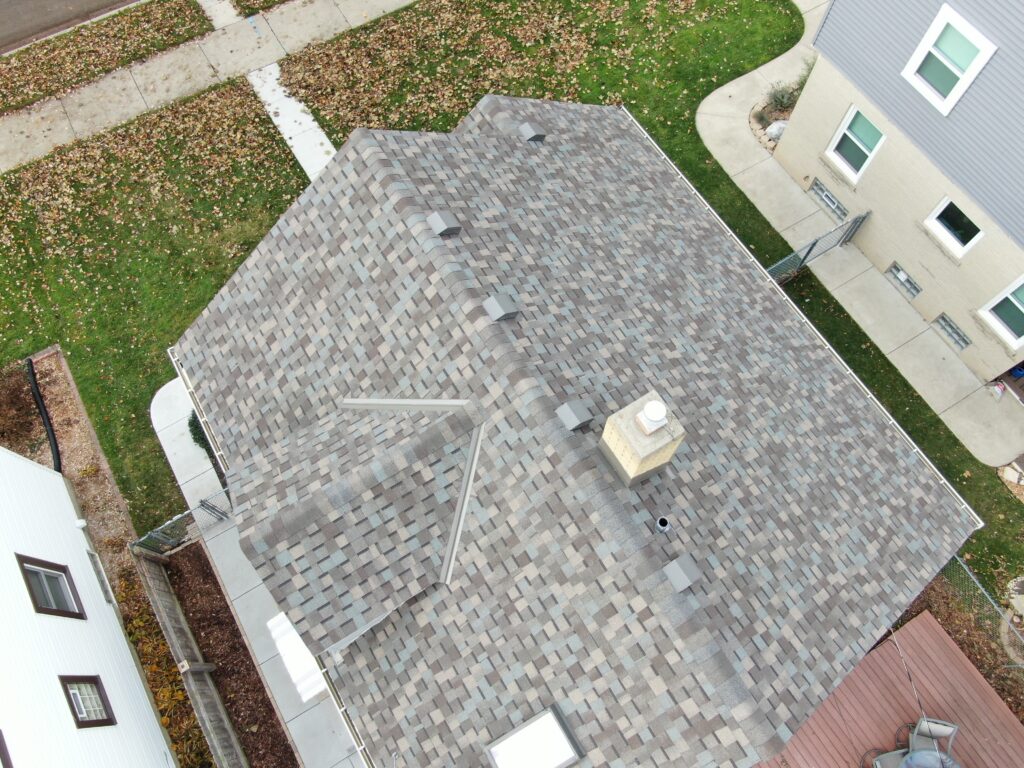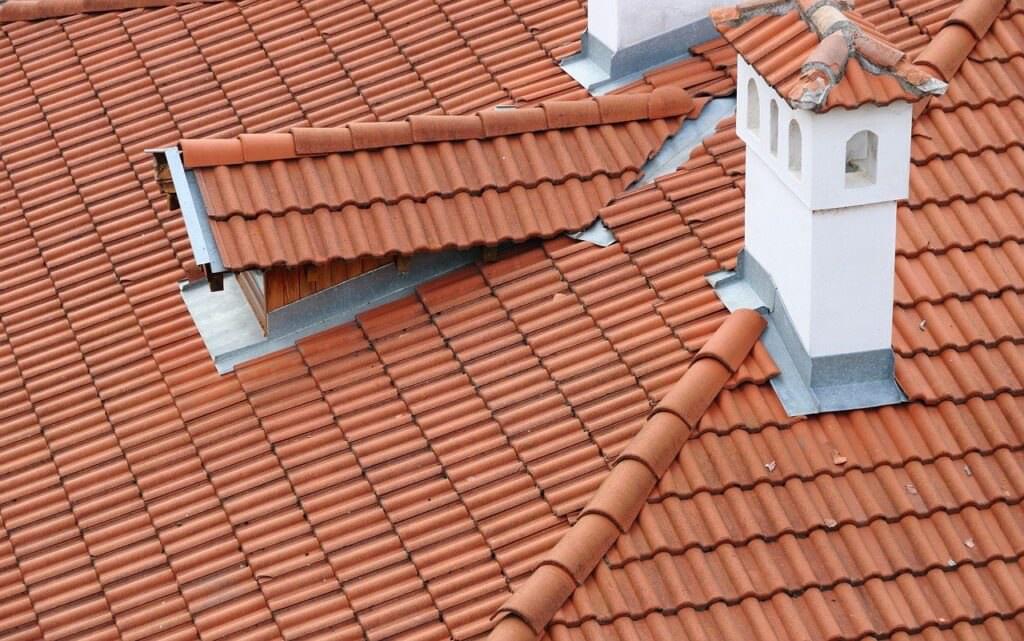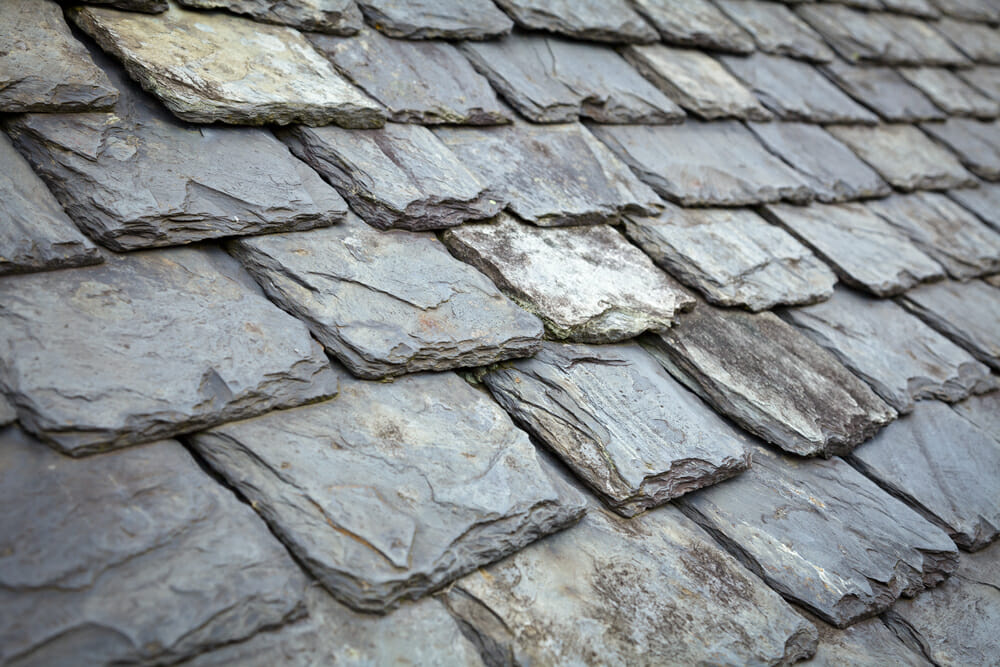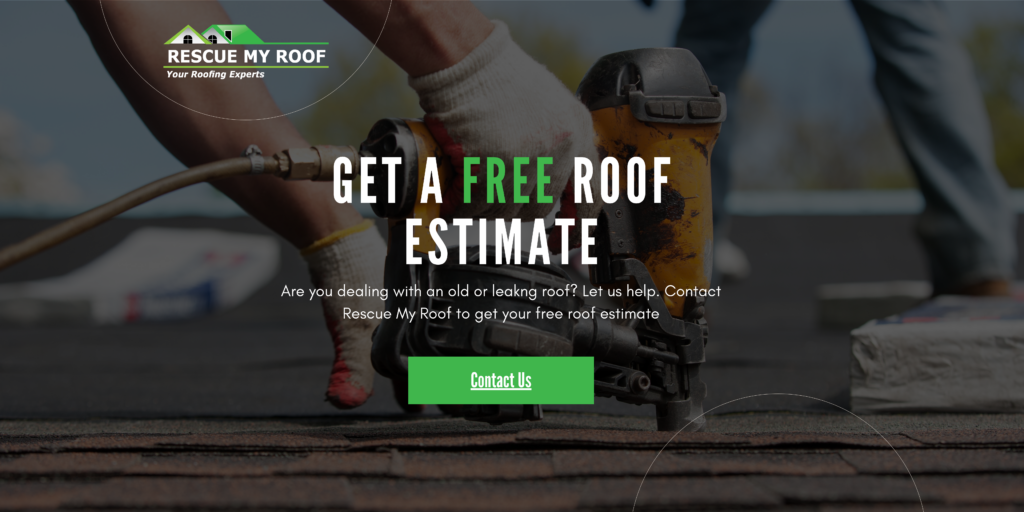Choosing the Best Roofing Material for High-Wind Areas
Living in a high-wind area means your home’s roof must be prepared to withstand severe gusts, storms, and potentially hurricane-force winds.
The right roofing material not only protects your home but also offers peace of mind during harsh weather conditions. But how do you choose the best option for your needs?
Rescue My Roof has been a leader in the roofing industry for over a decade, helping homeowners protect their homes and families. We’re here to help you, too.
This guide will walk you through the factors to consider and the best roofing materials for high-wind regions. Ultimately, you’ll know if the material you choose will be reliable.
What to Look for in Roofing Materials for High-Wind Areas
When choosing a roofing material for high-wind conditions, consider the following four factors:
- Wind Resistance Rating
Roofing materials are rated for their ability to withstand wind speeds. Look for materials tested for uplift resistance and certified to endure speeds common in your area. - Durability
Materials prone to cracking, warping, or flying off during storms are not suitable for high-wind regions. Opt for materials known for their longevity and toughness. - Installation Method
The way a roof is installed can significantly affect its performance in high winds. Proper fastening, overlapping, and sealing are crucial. - Maintenance Requirements
Choose materials that require minimal upkeep, as frequent maintenance can be challenging in areas prone to extreme weather.
Top Roofing Materials for High-Wind Areas
If you live in a high-wind area, finding a shingle that will stand the test of time can be worrisome. We’ve compiled a list of durable roofing materials to help you find a roof that will last.
Here are the top five roofing materials you should consider:
1. Metal Roofing

Why It’s Ideal:
- Metal panels and shingles can withstand wind speeds of up to 140-160 mph, depending on the design.
- They are lightweight yet incredibly durable.
Considerations:
- Proper installation is essential to ensure the panels are securely fastened.
- Metal roofs are more expensive upfront but offer long-term savings due to their durability.
2. Asphalt Shingles (Impact-Resistant)

Why It’s Ideal:
- Impact-resistant asphalt shingles are specifically designed for durability and wind resistance.
- Some models can endure wind speeds of up to 130 mph.
Considerations:
- Regular shingles may not be sufficient, so ensure you’re selecting wind-rated or Class 4 impact-resistant varieties.
- Proper installation is crucial to ensure shingles don’t lift during storms.
3. Concrete and Clay Tiles

Why It’s Ideal:
- These heavy materials are naturally resistant to wind damage when properly fastened.
- They are durable and can last for decades.
Considerations:
- They require a strong roof structure to support their weight.
- Improper installation can lead to tiles becoming projectiles during high winds.
4. Slate Roofing

Why It’s Ideal:
- Slate tiles are dense and heavy, making them resistant to wind uplift.
- They are one of the most durable roofing materials available.
Considerations:
- Like concrete tiles, slate requires a reinforced roof structure.
- The high cost of installation and materials may not fit every budget.
5. Synthetic Roofing Materials

Why It’s Ideal:
- Synthetic materials like composite shingles can mimic slate or tile while being lighter and wind-resistant.
- Many synthetic options are rated for wind speeds up to 110-120 mph.
Considerations:
- Synthetic materials vary in quality; ensure you choose a high-performance brand for wind resistance.
Additional Tips for High-Wind Roofing
- Focus on Installation: Even the best materials can fail if not installed properly. Work with a contractor experienced in high-wind roofing installations.
- Reinforce Your Roof: Install additional fasteners or hurricane clips to secure your roof deck to your home’s structure. Additionally, seal roof edges to reduce the chance of wind getting underneath.
- Maintain Your Roof Regularly: Inspect your roof after storms to check for damage. You can also trim overhanging branches to reduce the risk of debris hitting your roof.
- Check Building Codes: Ensure your chosen materials and installation methods meet local building codes for high-wind areas.
Choosing A Durable Roofing Material
Choosing the right roofing material for high-wind areas is critical to protecting your home and family. By considering wind resistance ratings, durability, and proper installation, you can select a roof that offers safety and longevity. Materials like metal, impact-resistant shingles, and slate are excellent choices, but the key is pairing them with professional installation and regular maintenance.
With the right preparation, your roof can weather even the fiercest storms. Talk to a trusted roofing contractor today to discuss the best options for your high-wind needs.
Learn more with “The Top 3 Strongest Roofing Materials” and “Roof Lifespan Guide: How Long Do Different Roofing Types Last?”
Are you looking for a durable roof in southeastern Wisconsin? Rescue My Roof offers durable asphalt shingle roofs. Contact us today to get a free estimate.


